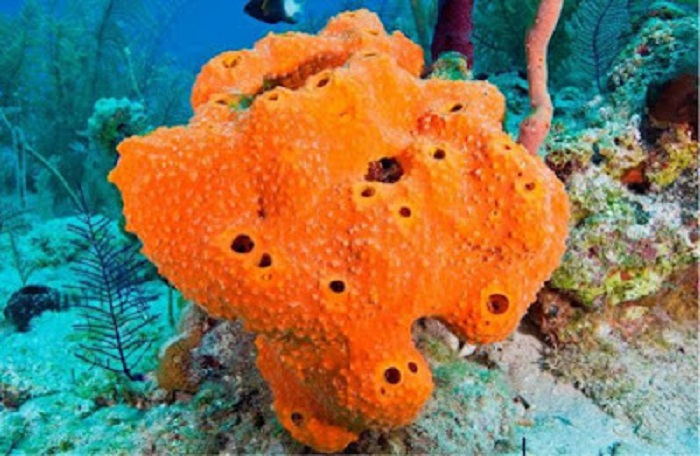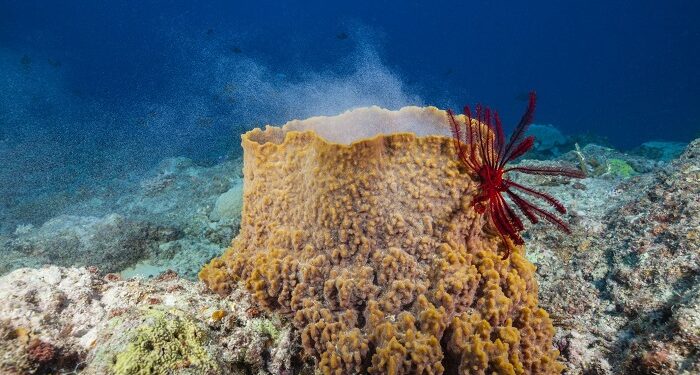Sea sponges are mysterious creatures of the ocean, with lives full of secrets and mysteries.
Natural Sea sponges, the silent sentinels of the ocean, are among the oldest and most fascinating inhabitants of the marine world. With their diverse species, unique feeding habits, and intriguing reproductive methods, sea sponges play a crucial role in the health of our oceans. This article dives into the facts and secrets of sea sponges, exploring their characteristics, diet, reproduction, and the surprising existence of sea sponge eyes.
Facts About Sea Sponges:
Ancient Origins: Sea sponges belong to the phylum Porifera, with a lineage that stretches back over 600 million years, making them one of the oldest known multicellular organisms.
Diverse Species: There are over 8,500 identified species of sea sponges, ranging in shapes, sizes, and colors. Some well-known species include the bath sponge (Spongia officinalis) and the glass sponge (Euplectella aspergillum).
Simple Yet Complex: Despite their simple appearance, sea sponges have a complex structure with numerous pores and channels that facilitate their feeding and respiration.
Sea Sponges as Animals:
Though they might resemble plants or rocks, sea sponges are indeed animals. They are sessile, meaning they are anchored to the ocean floor and do not move. Their bodies are made up of specialized cells that perform various functions, but they lack true tissues and organs.

What Sea Sponges Eat:
Sea sponges are filter feeders, drawing water through their porous bodies to extract nutrients. They consume microscopic particles such as bacteria, plankton, and organic debris. As water flows through the sponge, food particles are trapped by choanocytes, specialized cells equipped with flagella that create water currents and capture food.
Reproduction of Sea Sponges:
Asexual Reproduction: Sea sponges can reproduce asexually through budding, where a part of the sponge breaks off and develops into a new individual. This process allows them to rapidly colonize suitable environments.
Sexual Reproduction: Sea sponges also reproduce sexually by releasing sperm and eggs into the water. Fertilization occurs externally, and the resulting larvae, called amphiblastula, are free-swimming. These larvae eventually settle on a substrate and mature into new sponges.
Sea Sponge Eyes:
While sea sponges lack complex sensory organs, some species possess rudimentary eyespots or light-sensitive cells. These basic structures, known as ocelli, help sponges detect changes in light intensity, aiding them in navigating their environment. Although these eyespots are primitive compared to the eyes of other animals, they highlight the surprising adaptability and sensory capabilities of sea sponges.
Sea sponges, with their ancient origins and remarkable diversity, are vital components of marine ecosystems. Their unique feeding habits, reproductive strategies, and even the presence of rudimentary eyes make them a subject of endless fascination. As we continue to explore the mysteries of the ocean, the humble sea sponge stands as a testament to the complexity and wonder of marine life.
















